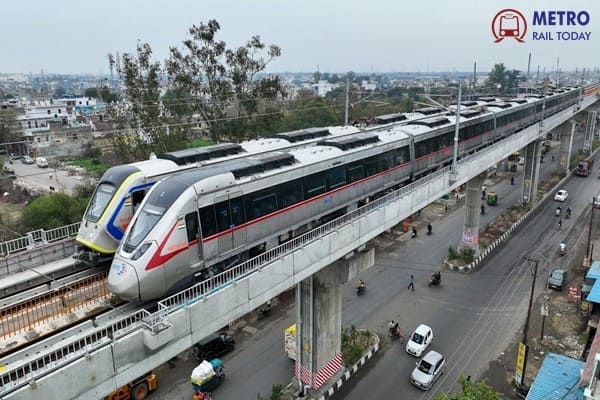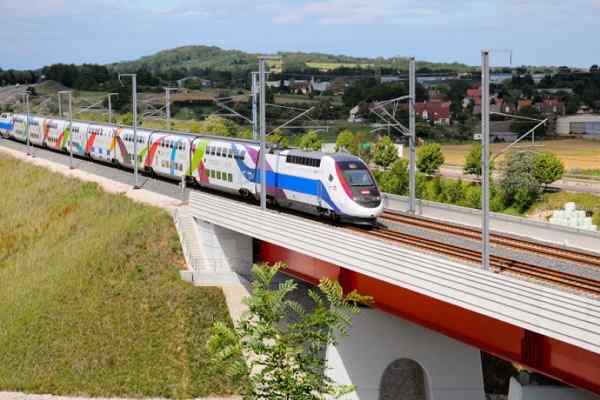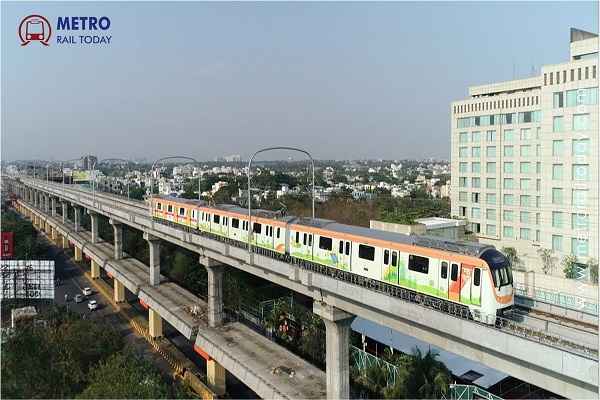 EIB approves €289.5 million loan for expansion of Nagpur and Pune Metro Rail Projects
EIB approves €289.5 million loan for expansion of Nagpur and Pune Metro Rail Projects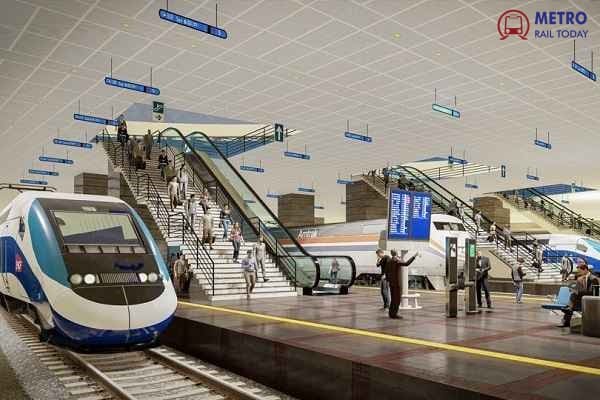 India is building Largest Railway Station in Amaravati - Know all about
India is building Largest Railway Station in Amaravati - Know all about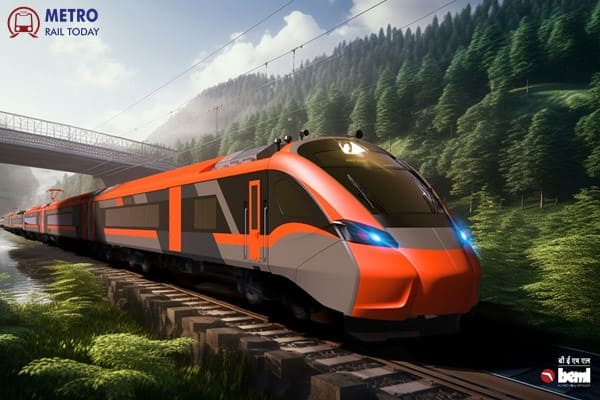 Kineco and BEML forge strategic partnership to strengthen indigenous composite manufacturing
Kineco and BEML forge strategic partnership to strengthen indigenous composite manufacturing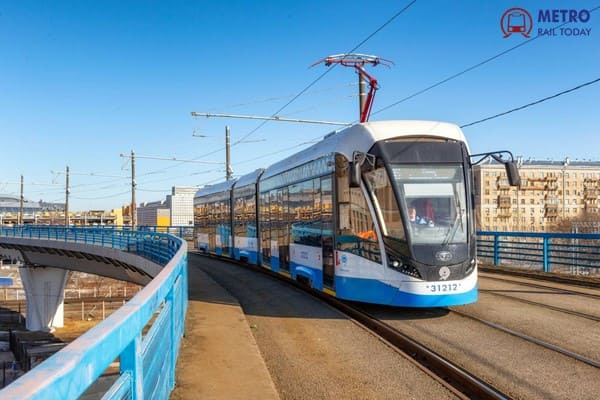 UN blacklists Spanish Trainmaker CAF over activities in Occupied Palestinian Territories
UN blacklists Spanish Trainmaker CAF over activities in Occupied Palestinian Territories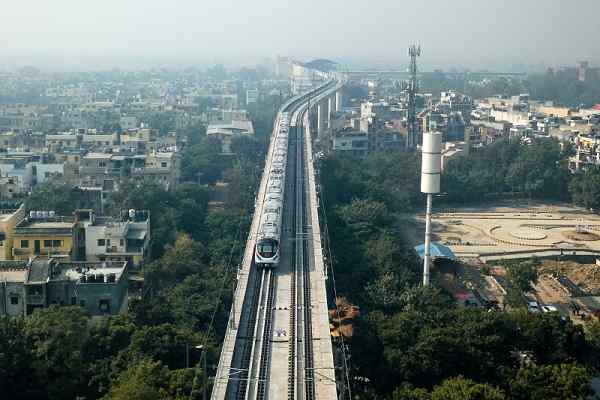 Prayagraj to get full-fledged Metro System, replacing the Metrolite Plan
Prayagraj to get full-fledged Metro System, replacing the Metrolite Plan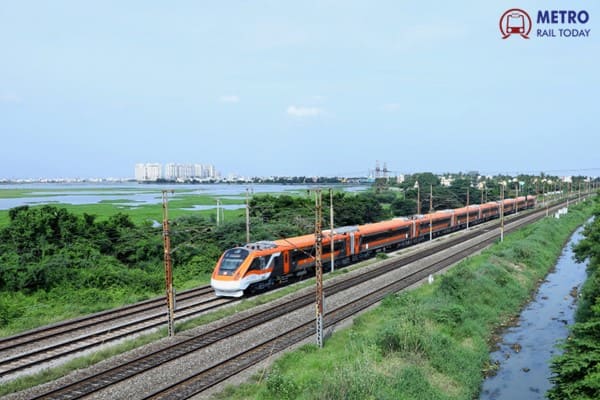 Sensonic & Skylark Drones Join Hands to Revolutionize Rail Infrastructure Monitoring
Sensonic & Skylark Drones Join Hands to Revolutionize Rail Infrastructure Monitoring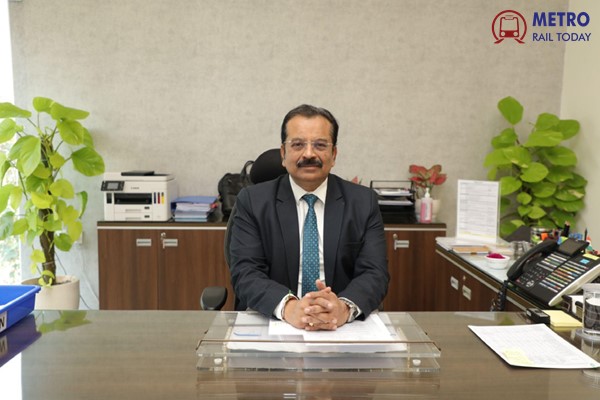 Namo Bharat: Driving India’s Transit Revolution with Sustainability and Seamless Connectivity
Namo Bharat: Driving India’s Transit Revolution with Sustainability and Seamless Connectivity RVNL - The Silent Engine Driving India’s Rail Infrastructure Boom
RVNL - The Silent Engine Driving India’s Rail Infrastructure Boom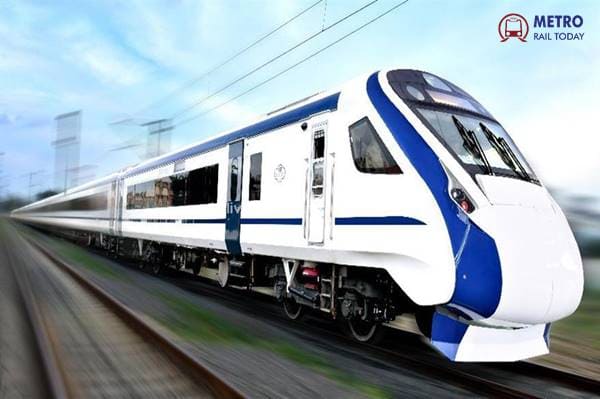 India to introduce 800 Vande Bharat Trains to redefine the future of Indian Railways by 2030
India to introduce 800 Vande Bharat Trains to redefine the future of Indian Railways by 2030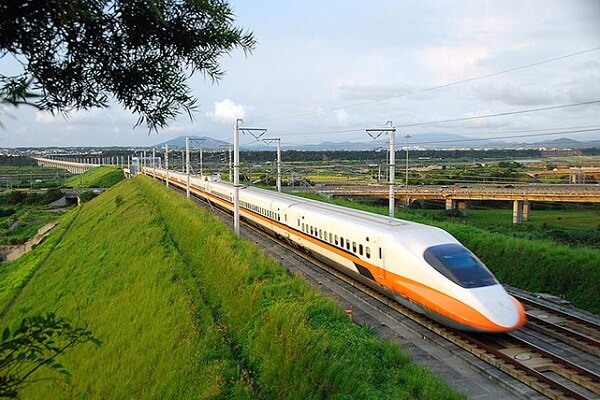 Indian Railways to develop 7,000 km of dedicated Passenger Corridors by 2047
Indian Railways to develop 7,000 km of dedicated Passenger Corridors by 2047
Another 14 km stretch of Delhi-Meerut RRTS likely to be operational by 2024 end

New Delhi, India (Metro Rail Today): The National Capital Region Transportation Corporation (NCRCTC) is in a sprint against the clock, eyeing the ambitious goal of making a 14 km stretch of the Rapid Rail Transit System (RRTS) in Delhi operational by the end of 2024 or early 2025.
The 14 km RRTS stretch in Delhi is strategically divided into elevated and underground alignments. While the track laying work on the elevated section is progressing at a brisk pace, the underground portion within Delhi remains a work in progress.
The Delhi stretch of RRTS features three crucial stations – Sarai Kale Khan, New Ashok Nagar, and Anand Vihar. Additionally, there is a stabling yard located in Jangpura, which the NCRCTC intends to transform into a fully functional station, adding to the connectivity and accessibility of the network.
Meanwhile, the stretch connecting Ghaziabad to Meerut is set to become operational by March. Currently undergoing vigorous trial runs, the NCRCTC aims to seek approval from the Commissioner of Metro Rail Safety (CMRS) once the trains achieve a design speed of 180 Kmph, a milestone expected to be reached in the coming month.
According to the Ministry of State (MoS) statement, the Delhi-Ghaziabad-Meerut RRTS project has incurred an expenditure of Rs 18,160.81 crore, accounting for almost 59.9% of the total funds allocated for the corridor. This underscores the scale and financial commitment involved in this extensive transit infrastructure project.
The Rapid Rail Transit System (RRTS) is a transformative mass rapid transit network covering a distance of 82.15 kilometers, linking Delhi’s Sarai Kale Khan with Ghaziabad and Meerut. The ongoing construction of the Delhi-Ghaziabad-Meerut corridor is a monumental undertaking with an estimated total expenditure of nearly Rs 30,000 crore.
In a milestone moment, Prime Minister Narendra Modi inaugurated the initial phase of the priority corridor, encompassing 17 kilometers and featuring five stations: Sahibabad, Ghaziabad, Guldhar, Duhai, and Duhai Depot.
On October 20th, Prime Minister Modi unveiled India’s first RapidX train, named Namo Bharat, from Sahibabad Station. These cutting-edge trains are engineered to achieve a maximum speed of 180 km/h, offering passengers affordable ticket prices ranging from Rs 20 to Rs 50 for standard coaches and Rs 50 to Rs 100 for premium coaches.
The RRTS initiative extends beyond the Delhi-Ghaziabad-Meerut corridor, encompassing semi-high-speed rail corridors connecting Delhi to Meerut in Uttar Pradesh, Alwar in Rajasthan, and Panipat in Haryana. This marks a substantial leap towards enhancing regional connectivity and fostering rapid transit options for commuters.
As NCRCTC races against time to meet the 2024-end deadline for the operationalization of the 14 km RRTS stretch in Delhi, the transformative impact of the Rapid Rail Transit System on the region's transportation landscape becomes increasingly evident. The convergence of cutting-edge technology, financial commitment, and strategic planning signifies a new era in mass rapid transit, positioning Delhi as a hub for modern and efficient transportation.





